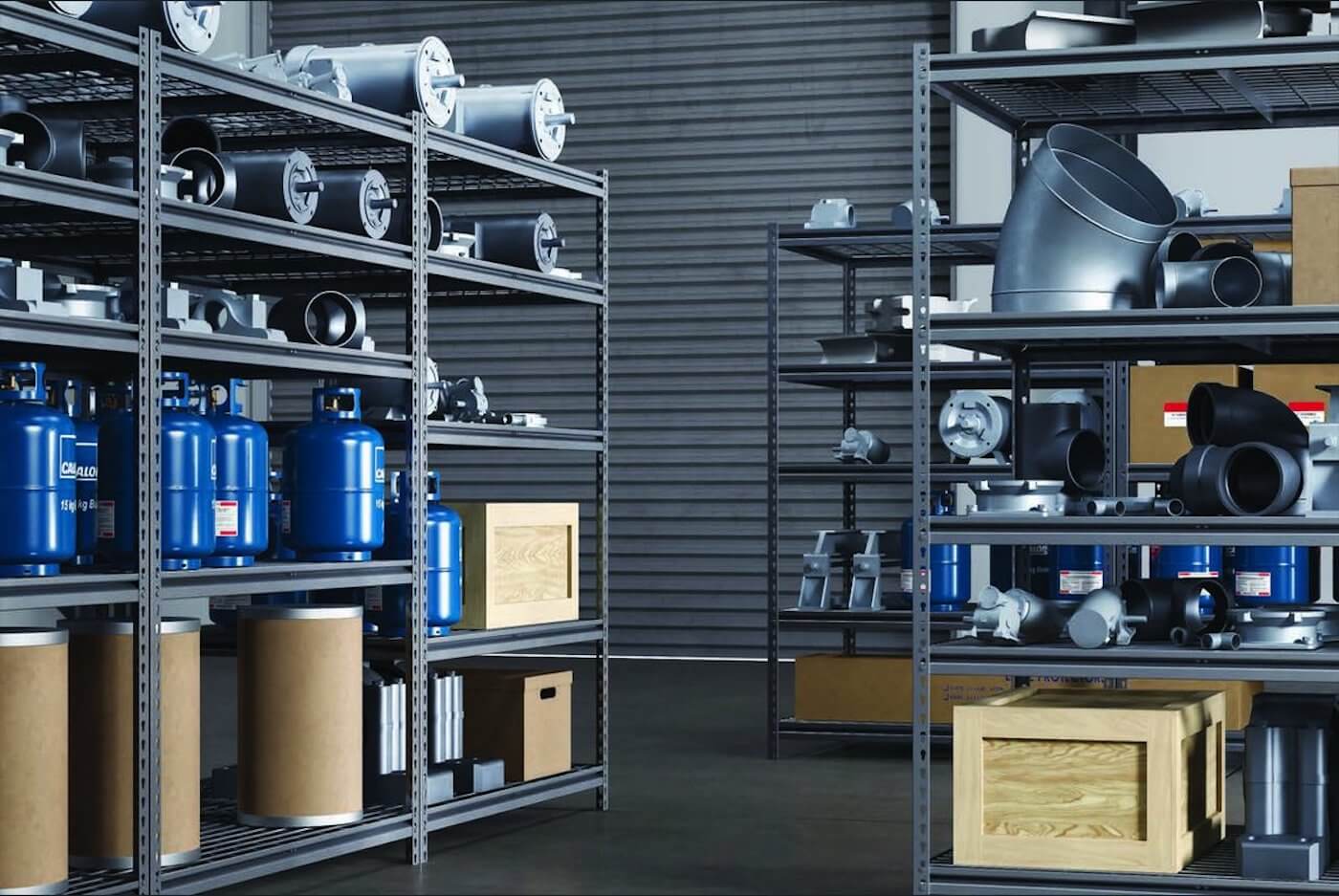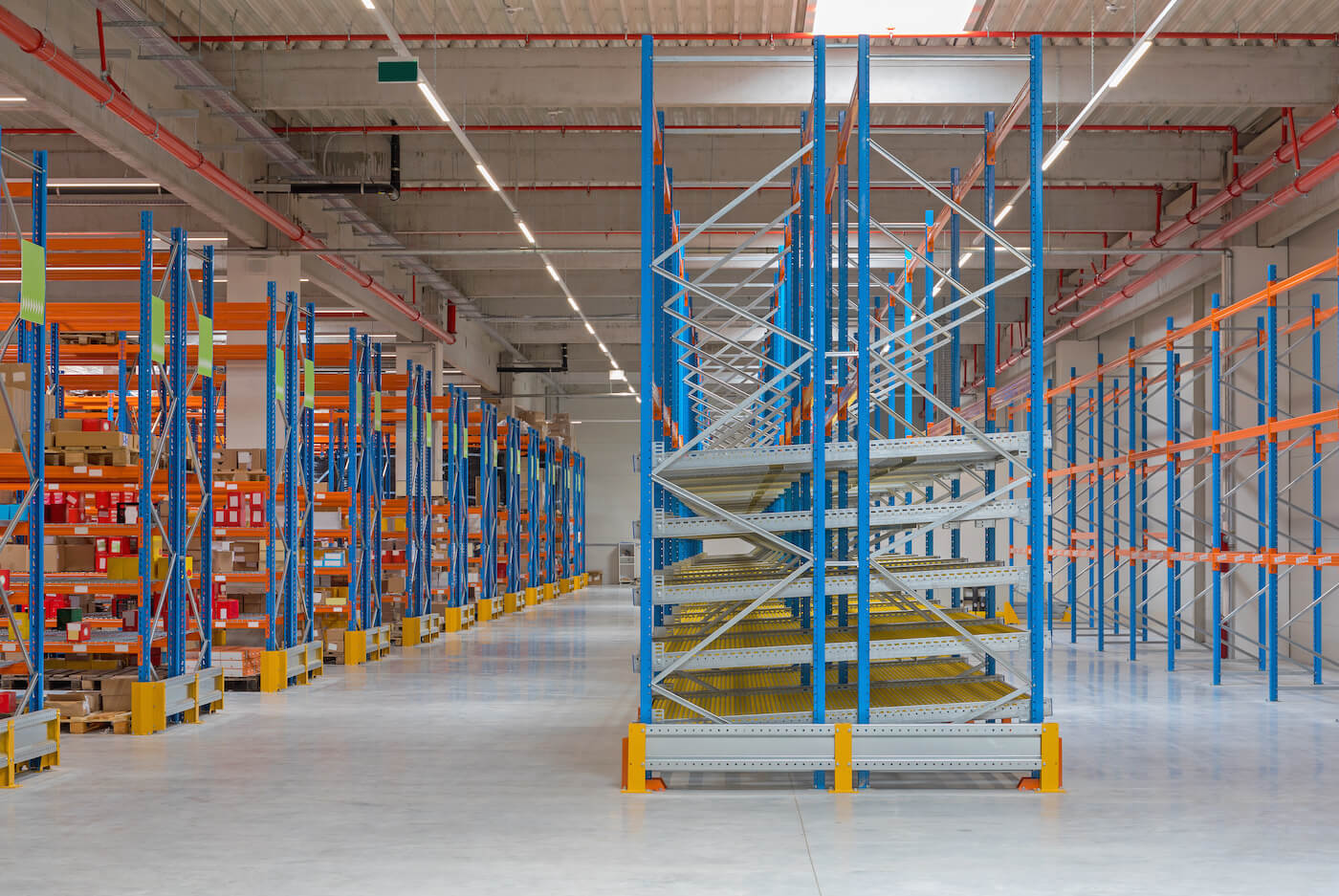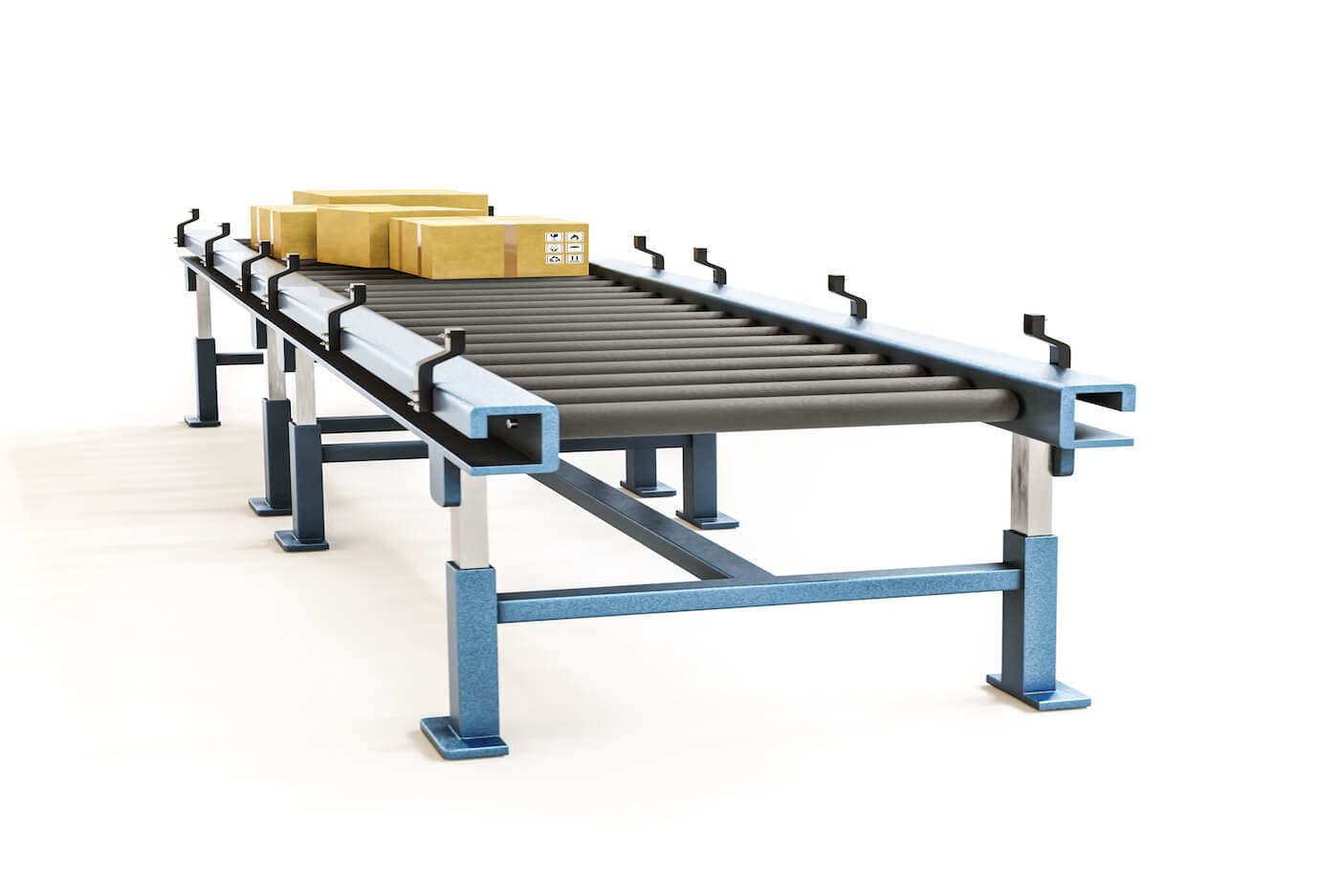What is Warehouse Order Picking?
Building a warehouse pick system is the process of combining your labor and equipment into a system that allows you to retrieve inventory and fulfill customer orders. It is one of the essential processes in a warehouse and directly affects your bottom line and your customers’ satisfaction.
According to the Material Handling & Logistics News, labor costs can account for up to 50% of a warehouse’s total operating expenses. A well-functioning pick system eliminates unnecessary walk time and wasted time spent on finding products within your warehouse. Reducing the inefficiencies in your picking system, even by a few percentage points, translates to significant savings in labor costs, reduced order processing errors, and more happy customers.
The importance of implementing an efficient pick system is obvious, and the concept is simple. However, planning and putting it into motion can be a relatively complex process. This article aims to give you the knowledge you need to set up a picking strategy, what equipment you’ll need to run your picking system, and how to implement it in your warehouse.
Leveraging Technology To Optimize Your Picking System
The starting point for any picking system is a pick list. A pick list gives your team the following information:
- Order / shipment information
- Location of product(s) in the warehouse
- Detailed information about the product(s)
If you use a warehouse management system (WMS), detailed pick lists are generated automatically. For more information about selecting a WMS for your warehouse, read this article.
Newer WMS solutions ditch paper pick lists and instead utilize mobile or tablet devices to deliver dynamic, up-to-date ordering picking information to your team members. By eliminating the need to print individual pick lists or pick tickets, you can save a lot in labor costs (and supplies costs as well).
An example of a WMS with technology-based pick list generation is Fishbowl. Their mobile app, Fishbowl GO, integrates within the main inventory management software to provide a seamless bridge between your warehouse’s inventory and order data and your internal fulfillment team.
If getting the most out of your warehouse square footage and existing labor sources is a priority, leveraging modern technologies to assist your order picking operations should be something to consider strongly.
Choosing The Right Picking System For Your Warehouse
Once you have a solution for generating a pick list, you’ll need to decide on the best way to retrieve your products and send them to the packing station. The system methodology used will depend on the volume, size, and types of products you are picking, but generally, the four most common methods are pick to order, batch picking, wave picking, and zone picking.
Pick To Order
Pick to order systems are the most basic type of picking strategy, and the name alludes to how it works. Every time an order is placed, the products are retrieved from their destinations, one order at a time. A pick to order system is often used in smaller, low-volume warehouses.
Batch Picking
Batch Picking prioritizes the picking of multiple orders (not just one) in a single trip. For small to medium-sized warehouses with low to medium volumes, batch picking can be an efficient solution. Batch picking works best for orders that have identical picking lists with the same SKUs.
Zone Picking
A zone picking strategy relies on product-driven pick lists instead of order-driven pick lists. Utilizing a zone picking strategy requires employees to be assigned to pick products within specific areas of your warehouse. From there, the products are delivered to the packing station for sorting, packaging, and fulfillment.
Zone picking systems are typically used in larger warehouses that fulfill orders with many different SKUs. Doing pick-to-order or batch picking in these settings can result in a lot of walking time wasted. Furthermore, employees assigned to specific zones can gain familiarity with their respective areas and products faster, which increases picking time and reduces potential errors.
Wave Picking
Wave picking is a variation of batch picking and zone picking, which involves breaking up inventory storage into different zones (like zone picking). What makes wave picking different is its reliance on scheduling. Rather than picking orders one-by-one as they come in, retrieval is scheduled in advance at specific times throughout the day. Orders are placed in batches and are then picked in “waves” on scheduled runs.
Wave picking relies on a robust warehouse management system to execute. A good WMS solution will optimize each wave based on variables like order volume, picker schedules, delivery/pickup times, and the products’ locations.
Streamlining Your Pick Systems With The Right Equipment
Regardless of what picking strategy you use, your warehouse needs to have the right equipment to store and retrieve the products. To create an effective pick module within your warehouse, we recommend using a combination of pallet rack and carton flow lanes to build a carton flow system to get your products to your picking team faster. Layering in gravity conveyors, totes and bins, and carts to get items will enable you to get the items on the conveyor to the packing station with minimal effort and labor.
Equipment For Getting Your Products To Your Picking Team More Efficiently
Pallet Rack & Carton Flow

Selecting the right pallet rack to incorporate into your order picking process is key to boosting warehouse productivity. One way to improve the “pickability” of items using pallet racking is to incorporate carton flow lanes into the rack.
If your warehouse has a wide variety of SKUs, carton flow rack systems can save many wasted labor hours in the picking process. Carton flow rack systems are comprised of pallet rack uprights, pallet rack beams, and carton flow lanes, made out of sloped shelves with metal rollers, to effortlessly bring products from the back of the rack (where they are loaded) to the front of the rack for easy picking.
Instead of forcing your warehouse team to walk around both sides of the rack, your picking team only needs to be at the front of the rack, thus saving walk time. The separation of the loading aisle from the retrieval aisle also allows your warehouse operations to flow more smoothly and minimize accidents between the picking team and heavy loading machinery.
Carton flow rack systems make products immediately available to pickers, making them ideal for high-volume case pick and piece pick applications. Carton flow lanes within the rack can also be configured to have varying widths, which allow the storage of products in different parts of the carton flow system based on size.
Equipment To Get Your Products To The Packing Station Faster
Gravity Conveyors
Another piece of equipment that will help speed up the picking times in your warehouse is a gravity conveyor. Gravity conveyors allow your picking team to move products from one location of your warehouse to another without requiring any walking time. Products can be manually pushed down the conveyor, or the conveyor can be implemented at a slight angle to leverage gravity to move the products to their final destination.
When used in conjunction with a carton flow system, gravity conveyors can be placed directly in front of the rack. Pickers can pull products off the rack and put them on the gravity conveyor to send them to the packing station. In piece picking operations, items can be drawn from the cartons individually and placed into bins or totes, and then placed on the conveyor before making their way to being shipped out to the customer.
Gravity conveyors are typically composed of two pieces: a conveyor stand and the conveyor section. Each component can be purchased in various heights and widths, allowing you to build a conveyor system that will meet the height requirements of your picking system. If your warehouse is limited on space, or if your packing station isn’t located in a direct line from your rack, a flexible conveyor system like the NestaFlex gravity conveyor will allow you to move items around corners while minimizing walk time and labor.
Stock Picking Carts
If your warehouse is arranged in order of product popularity, walking may still be required to pick products that are not classified as “fast movers.” In these cases, picking carts are a viable tool that will help your fulfillment team retrieve and fulfill multiple orders with items in farther locations within your warehouse with minimal effort.
Stock picking carts are often equipped with multiple levels of shelves to help your picking team organize orders based on what is on each pick list. Some stock picking shelves like this model that we stock at American Storage & Logistics are available in a 2-sided configuration, effectively creating more shelves that allow your fulfillment team to fit more bins and totes on it. Using a multi-shelf, 2-sided stock picking cart can help your team stay organized and minimize order picking errors while enabling them to maximize each picking trip.
Suppose your warehouse utilizes a carton flow system with gravity conveyors as described above. In that case, stock picking carts can also help your picked orders to the packing station if your warehouse layout doesn’t allow for the placement of your packing station near the end of the conveyor line.
Build Your Warehouse a Pick System With The Right Equipment
Whether you’re setting up a new warehouse and designing a pick system from scratch or reconfiguring your existing warehouse to improve your current picking operations, American Storage & Logistics has all of the equipment you need to build cost-saving and efficient pick modules. We have a complete inventory of in-stock carton flow, pallet rack, gravity conveyors, and stock picking carts in both new and used condition, ready for same-day pickup or next-day delivery.
Click here to shop online today or give us a call at 616-246-9800 to speak with a sales engineer today!





